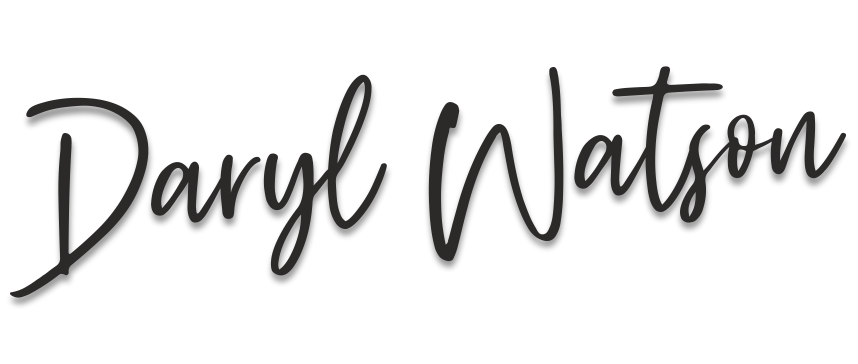Tag Archive for: mindset
Change 6 things!
Doubt your Doubts
𝐒𝐨𝐦𝐞 𝐓𝐢𝐩𝐬
Are you FITT?
Are you FITT?
The FITT principle is a smart acronym that gives athletes a workout plan to help them achieve their goals – yet, in a very similar manner it applies to our learning and development habits too.
Ask any athlete and they’ll tell you what FITT stands for – as follows;
F-Frequency: refers to how often you exercise.
I-Intensity: refers to how hard you exercise.
T-Time: refers to how long you exercise for.
T-Type: refers to what kind of exercise you do.
The FITT Principle can help you create your own powerful learning & development plan.
For example – let’s consider studying for a new skill or learning requirement:
Frequency – how often you study
Intensity – how hard you study
Time – how long you study
Type – what type of different study tools you use
If you want to improve your learning & development ‘fitness’ – then apply the FITT principle to your plan and routine. It won’t be long before you witness a difference and your learning will be a winner!
What pulls you?
In my coaching conversations, regularly I find that individuals feel 𝒑𝒖𝒔𝒉𝒆𝒅 into something rather than feeling 𝒑𝒖𝒍𝒍𝒆𝒅 by it.
One of the greatest lessons in life is to find something that 𝒑𝒖𝒍𝒍𝒔 you! If we are open and willing to learn, life has a way of teaching us by 𝒑𝒖𝒍𝒍𝒊𝒏𝒈 us towards something.
When you keeping 𝒑𝒖𝒔𝒉𝒊𝒏𝒈 yourself to do something, oftentimes it feels like something you have to do and then it can become tiresome. You can only 𝒑𝒖𝒔𝒉 yourself for so long before you give up. But when you’re 𝒑𝒖𝒍𝒍𝒆𝒅 by something, attracted by it even, it feels like something you get to do and you tend to become even more passionate about it.
I am 𝒑𝒖𝒍𝒍𝒆𝒅 by coaching, personal development and learning – I love it! Frequently, I’ll share my insights and discoveries about what I learn with others, to hopefully inspire and help them achieve more.
In life we learn what is most important by finding something that 𝒑𝒖𝒍𝒍𝒔 us towards it – this is where we should focus our energies.
Oftentimes the most profound insights are really the simplest.
𝑷𝒖𝒔𝒉 𝒗 𝑷𝒖𝒍𝒍
Consider what 𝒑𝒖𝒍𝒍𝒔 you. Therein your purpose awaits!
What are your anchors?
Change – Speed & Agility
In our topsy-turvy, commotion-filled world, the pace of constant change is accelerating faster than superhuman Usain Bolt can sprint 100 metres. Change can be dizzying and exhilarating! Yet for many frightening too!
Mindset is key
It is our mindset and how we view things that is critical. Your mindset is effectively the way you think. When faced with a change we must consider how we process those thoughts in our mind. We need to fight against our natural instinct to resist change and our negative thought patterns that usually come at breathtaking speeds – unconsciously even. Instead, we should embrace a more agile mindset, grasping hold of and looking ahead to the opportunities that are presented before us. How we think about and perceive change is key. For example, paraphrasing George Bernard Shaw “There are those who look at things the way they are, and ask why. I dream of things that never were, and ask why not?”
Our world is filled with disruption, indeed all things are in commotion and everything that can be shaken – is being shaken! For daily evidence of that fact – simply watch the news! My thoughts turned to Dylan Thomas “Do not go gentle into that good night (as I considered President Trump’s latest remarks) …. Rage, rage against the dying of the light” – will be his repeated hyperbole until he leaves the world stage. As the acceleration and hastening influences in our world through technology and globalisation continue at warp speeds, clinging to and living our values each and every day will be the key to dealing with the changes set to come.
Do you know what your core values are? Have you established what matters most to you?
Pause for a moment in amongst the turmoil and vicissitudes of the day.
Determine to embrace change. Choose to change your thoughts, to change your world.
What will you do to reconsider how you view that change today?
